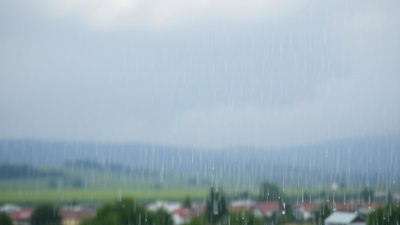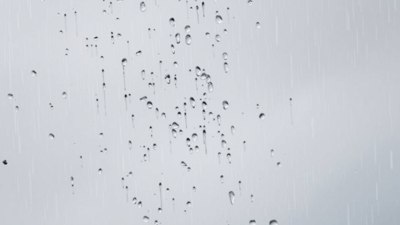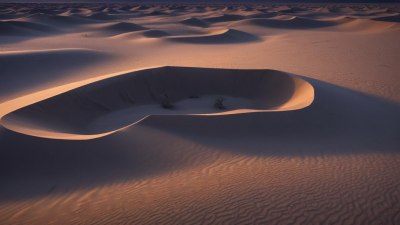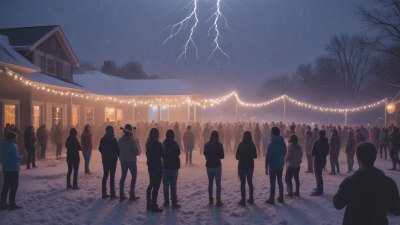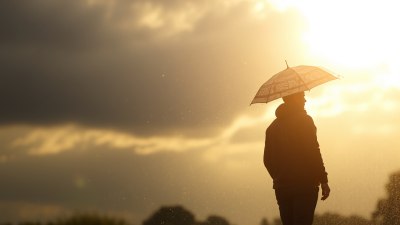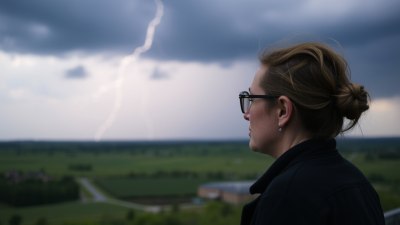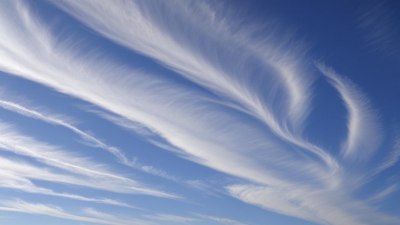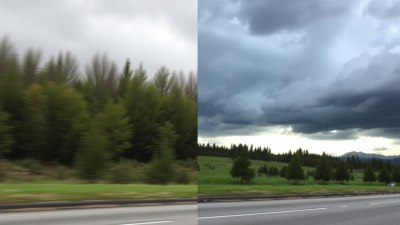Why Some Snow Cracks Underfoot
Explore the science behind why snow can crack and how environmental factors influence its stability.
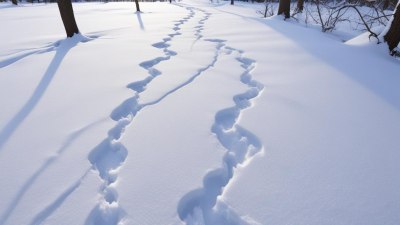
This image was created with the assistance of Freepik
When walking through a snowy landscape, you might experience the sudden and surprising sound of cracking beneath your feet. This phenomenon can be puzzling, and it often raises questions about the nature of snow and the factors that contribute to its behavior. In this article, we will delve into the reasons behind why some snow cracks underfoot, explore the science of snow, and discuss the conditions that lead to such cracking sounds.
Understanding Snow Structure
To comprehend why snow cracks, it’s essential to understand its structure. Snow is made up of ice crystals that form when water vapor in the atmosphere cools and condenses. These ice crystals range in shape and size, creating a complex network of frozen particles. Depending on the environmental conditions, the snow can develop various layers, each with its own characteristics.
The Role of Temperature
Temperature plays a crucial role in the properties of snow. As temperatures fluctuate, the physical and chemical makeup of snow changes. Warmer temperatures can lead to melting on the snow's surface, causing the outer layer to become wet and heavy. As you step on this layer, it compresses; if it is unable to adequately support your weight, it may crack. Additionally, cold temperatures can lead to more brittle snow, which is more likely to fracture under pressure.
Snow Density and Weight Distribution
The density of snow varies significantly based on factors like moisture content and air temperature. Dry, powdery snow tends to have a lower density, while wet snow is denser and heavier. When walking on less compacted snow, the weight distribution of your foot can create stress points that result in cracks. This is particularly noticeable when traversing deeper snow, where the underlying layers are weak or unstable.
Layering Effects
Snow often accumulates in layers, with varying densities and moisture levels. These layers can bond together or remain separate, depending on environmental conditions. When a layer of denser snow sits atop a lighter, less compact layer, the instability can lead to cracking. As you step onto the top layer, the pressure can cause it to give way, creating the characteristic cracking sound.
Moisture Content
The moisture content in snow is another significant factor influencing its stability. As snow absorbs moisture, it can become wetter and heavier. In some cases, when you step on this wet snow, it can be highly unstable, leading to cracking. Conversely, very dry snow might crack if it’s too loosely packed. Higher moisture during your walk can increase the likelihood of experiencing cracking sounds.
The Sound of Cracking Snow
The sound produced when snow cracks can vary significantly based on the conditions. A sharp, crisp sound may indicate that you're walking on cold, dry snow, while a more muted sound suggests that the snow is heavier and wetter. The acoustics of the environment also play a role; snowy landscapes surrounded by trees or mountains can amplify or muffle the sounds of cracking snow.
Skiing and Snowboarding Context
For those skiing or snowboarding, understanding snow cracking is particularly important. Skiers often feel the snow give way beneath them, which can result in an exhilarating experience or a moment of caution. Recognizing different types of snow, including crusty, sugary, or dense snow, can help skiers choose their paths wisely and avoid potential hazards associated with cracking or unstable snow.
Natural Processes and Cracking
Nature's processes also contribute to the cracking of snow. Wind, temperature changes, and even the movement of wildlife can all impact the stability of snow. Wind can create ice crusts on the surface, while animals moving through deeper snow can create weak spots. When humans walk in these areas, the pressure from the weight can easily lead to cracks.
The Role of Humidity
Humidity is another factor that can contribute to snow cracking. High humidity can lead to snow being more cohesive and heavy, thus increasing the risk of cracking when pressure is applied. Conversely, low humidity levels can create drier snow that is more susceptible to crumbling or cracking. Being aware of the weather conditions before you venture into snow-covered areas can help you understand the likelihood of encountering cracks.
Snow Compaction and Footprints
As people or animals walk through the snow, they create footprints that compact the snow in these areas, affecting its stability. When walking in the snow, the weight of your body compresses the layers beneath your feet. If the underlying snow is already fragile, it can create stress points, leading to cracks either under your feet or around the footprint area.
Impact of Temperature Gradients
Temperature gradients can also play a role in causing cracks in the snow. When the air temperature changes rapidly, it can create stress within the snowpack. For instance, if the top layer experiences warming while the bottom remains cold, this temperature difference can cause tension. As a result, the snow can crack and create those characteristic sounds.
Seasonal Changes and Snow Stability
Throughout the winter season, the stability of snow can change dramatically. Early snowfall may produce fluffy powder, while later snows may create a harder, crustier layer. These changes affect how snow behaves underfoot. Awareness of how seasonal shifts impact snow can help in understanding when snow might crack more easily.
Behavior in Different Regions
Snow cracking can vary significantly depending on geographical location. In coastal areas, the influence of ocean moisture can lead to heavier, wetter snow, while inland locations might experience lighter, drier snowfall. This variance can affect how snow reacts underfoot and why certain regions may have a higher frequency of cracking sounds.
Snow Safety Precautions
If you’re heading into snowy areas, it's essential to be aware of snow conditions and the potential for cracking. Wearing snowshoes can help distribute your weight more evenly, reducing the risk of cracking. Additionally, understanding how to read snow conditions – such as looking for signs of layering or hardness – can keep you safer while enjoying the winter landscape.
In conclusion, the cracking of snow underfoot is influenced by multiple factors, including temperature, moisture content, layering, and environmental conditions. By understanding these elements, we can gain insights into the underlying science behind this intriguing natural phenomenon. Whether you're a winter sports enthusiast or simply enjoying a walk in the snow, being aware of why snow cracks can enhance your appreciation for the winter environment.
